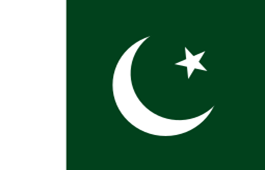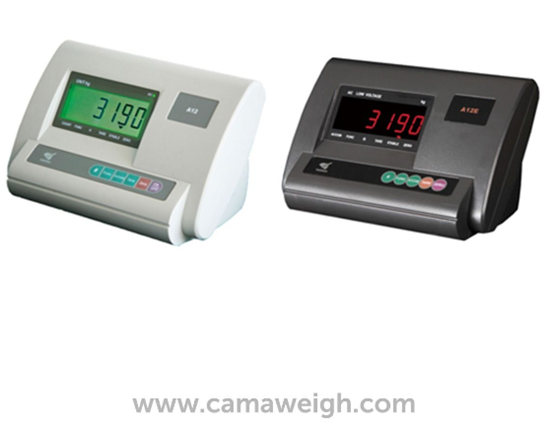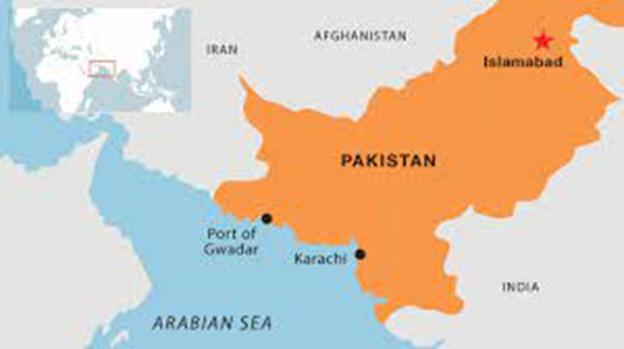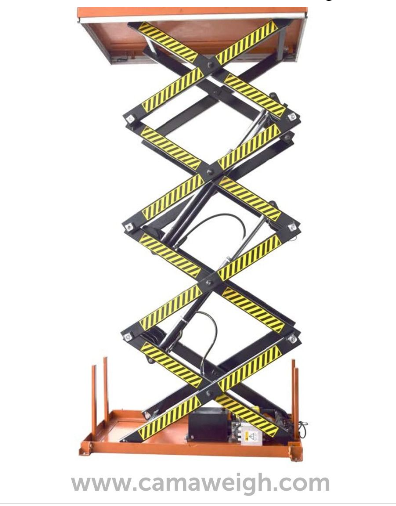
Introduction of Pakistan
- Pakistan has a population of 216.6 million
- Capital: Islamabad
- Official language: Urdu and English
- Total Area: 881,913Km2
- Currency: Pakistan rupee
Economic Statistics of Pakistan
Economic Overview:
- Pakistan is the second largest economy in South Asia..
- Pakistan has a GDP of $ 1205
- Pakistan has a nominal
- The largest industries of Pakistan: Cotton textile production, apparel manufacturing, food processing, Pharmaceuticals, surgical instruments, construction materials, fertilizer, shrimp and paper products.
Economy breakdown:
- Service: 61%
- Industry: 20%
- Agriculture: 19%
Main Importers of Pakistan’s Goods:
- United states of America: 19%
- China: 8%
- United Kingdom: 8%
- Germany: 6%
- United Arab Emirates: 5%
- Netherlands: 5%
Main Exporters to Pakistan
- China: 27%
- United Arab Emirates: 10%
- United States of America: 6%
- Indonesia: 5%
- Saudi Arabia:4%
- Qatar:3%
- Japan:2%
The Manufacturing Industry in Pakistan
The manufacturing industry contributes to Pakistan’s economic growth yearly by around 14 to 16 % in the GDP. The improvement in the manufacturing sector in Pakistan has increased employment opportunities, the exports of goods, increased wages and salaries and also promoted labor productivity.
Some of the manufacturing sib-sectors include:
- Textile and apparel manufacturing: This is the largest manufacturing sector in Pakistan accounting for about 8% of the GDP and employing 38% of the total labor force. Textile products account for about 65% of the total exports. The major products produced and exported include Fabrics, acrylic yarn, blankets, carpets and shawls. The country also produces artificial silk. The textile and apparel sector requires accurate weighing equipment with a high degree of precision. Some Camaweigh products used in the sector include:
- Pallet truck scales
- Bench scales
- Floor scales.
- Conveyor scales
- Belt weighers
- Pharmaceutical: This another important sub-sector and in 2019 it was projected to grow by5.8%. Pakistan has an estimated 759 pharmaceutical manufacturing plants. In 2019, it accounted for 1% of Nominal GDP contributing US$ 283. The pharmaceutical sector comprises of local companies (67%) and Multinational companies (33%). Pharmaceutical manufacturing units requires weighing scales and systems that can control the production process, monitor incoming feedstock and also measuring the output. Some of the Camaweigh products used in the pharmaceutical industry include:
- Food Processing: The food processing sub-sector is a major earner and employer for Pakistan. It accounts for about 27% of the total value-added production and employs 16% of the total labor force. The industry requires the best equipment for accuracy. Some of the Camaweigh products used in the industry include:

High Precision Weighing Indicator (1~4 load cell). Widely used in mechanic-electronic conversion scale, electronic floor scale and electronic platform scale.
The Transportation and Logistic Industry in Pakistan
With the economic growth of Pakistan, the demand for weighing scale in the transportation and logistic services is diverse and expected to grow. This is because of population and economic growth seen in the country. The rise in global trading is also expected to increase the demand for transport and logistic services in the country.
Transportation and warehousing are the biggest contributors to the logistics industry. In 2015 the government initiated the Pakistan vision 2025 which aims at improving the national infrastructure. The logistics sector was expected to grow to US$ 30 billion annually with an expected growth rate of 18%.
Weighing scales are used to improve efficiency and accuracy without compromising on safety even under constant use.
Types of Weighing System Used in Transportation and Logistic Industry
These kinds of weighing equipment are used in many industries such as construction, transportation and logistics, agriculture and shipping:
Sea Ports and Trading Hubs of Pakistan
Pakistan is accessible by both land and sea.
For International Trading, the main sea ports in Pakistan are: Port of Karachi, Gwadar Port, Keti Bunder Sea Port and Port Muhammad Bin Qasim.
When exporting products to our clients in Pakistan, Camaweigh uses the largest and busiest port: Port of Karachi.

What weighing scales does Pakistan Import?
According to the latest trade data, some of the leading weighing scales that Pakistan import include:
- Industrial weighing scale such as pallet truck scales, counting, floor and platform scales.
- Intelligent weighing system
- Medical scales
- Accessories such as Traffic lights and Displays
- Scissor Lift Tables
- Lab scales
- Test weights such as heavy-duty cast-iron weights and precision weighs
- Vehicle weighing products

Four-Scissor-Lift-Table: It can lift and move heavy items to decent heights making industrial work easier
What regulations are there on importing equipment to Pakistan
Customs duties in Pakistan are levied on ad-valorem basis with the average of 20% as custom duty and an additional 3% sales tax.
When importing equipment, Pakistan Customs request the following documents:
- Bills of landing
- Insurance certificates
- Copies of letters of credit
- Certificates of origin
- Packing lists
- Invoices
Camaweigh will make sure to handle all logistic and documentation processes for your company and our worldwide clients.
Why Should Pakistan import equipment?
- Availability – clients always want timely delivery of equipment and local firms have limited availability and capacity.
- The high cost of equipment – it is more expensive to buy locally than internationally due to high labor and production costs brought about by domestic competition.
- Quality of equipment - smaller local manufacturers might have equipment of lower quality while most foreign equipment suppliers have quality products and good reputation.
Where Can I Buy Equipment for Pakistan?
Camaweigh has been exporting a wide range of weighing scales to clients in Pakistan. Feel free to contact us at [email protected] or WhatsApp us at +86-131-2037-9271 for a FREE quotation.


 French
French Spanish
Spanish